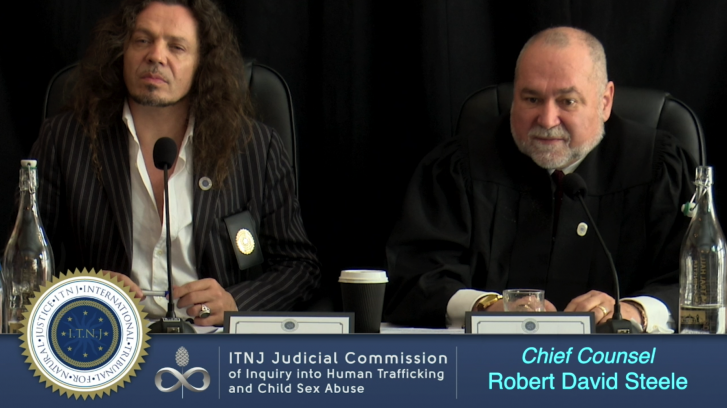Written by Alexa Erickson
Anxiety has an overwhelmingly negative connotation, and it’s easy to see why. When it comes through in attacks, when it’s a weight you wear on your chest every single day, it’s hard to view it in any other way. In small doses, however, it can be a good thing.
Research has shown that destructive anxious thinking- or repetitive and passing thinking about negative emotion- can predict the chronic nature of anxiety symptoms, and even depression. It can seem easier said than done to simply shift your way of thinking, however, as anyone with an anxiety disorder can likely vouch for.
But using your anxiety to your advantage can be learned. A 2010 study looking at the levels of reported self-compassion, rumination, worry, anxiety, and depression in 271 nonclinical undergraduate students found that people with higher levels of self-proclaimed self-compassion are less likely to report depression and anxiety. The data suggests that self-compassion may affect rumination, or deep thoughts.
Practicing mindfulness can stop rumination from hindering our ability to feel relaxed and clear, according to Dr. Mitch Abblett, a clinical psychologist and the Executive Director of the Institute for Meditation and Psychotherapy. Abblett, who is trained to spot and address the unhealthy mental habit of repetitive and negatively-toned inner chatter, says that “anxiety is the ‘check engine’ light on our psychophysiological dashboard. It lets us know the system needs some balancing. Agitation is therefore not our enemy; ideally, we should see it as a wake up call for mindfulness practice.”
Abblett suggests various ways to practice mindfulness to make anxiety your friend, including mindfulness breathing. “Begin this practice by acknowledging the mere presence of anxiety- give a soft, slight internal nod to the thoughts, images, and sensations of worry and anticipatory angst,” he says. “Rest in sensations of the breath. Let your attention drop gently onto wherever you feel the breath (e.g. nostrils, belly, or perhaps the toes for those more light on their feet).
Penetrate the sense of anxiety in BOTH the body and mind on a deep inhale into the belly. Visualize the breath coming into and through the restlessness. The breath is not forcing the anxiety away, rather, it’s moving into it. Slow, deep belly breathing is important because anxiety often pulls us toward fast, chest-level breathing that actually sparks more physical sensations of anxiety.”
Upon exhaling, he notes, you should work to acknowledge the anxiety through the deliberation of your breathe. Don’t try to shove the anxiety out with a sigh or exasperated puffing. Again, stay with slow, deliberate breathing. Note the sensations and word-images as if jousting with them using a feather.
Continue following the breath, circulating between penetration into the space of awareness with the in-breath, acknowledging what remains on the exhale. Don’t force or control. Follow the anxiety just as it is, and simply penetrate through it with slow, deep breathing. Allow awareness to seep into and around these thoughts, sensations, and images.”
As your breathing exercise comes to a close, take inventory. Ask yourself what you witnessed, felt, and acknowledged behind the anxiety.
Taking matters into your own hands is a great way to shift the space you are in, whether it be anxiety, another emotion, or a troubling event in your life.









